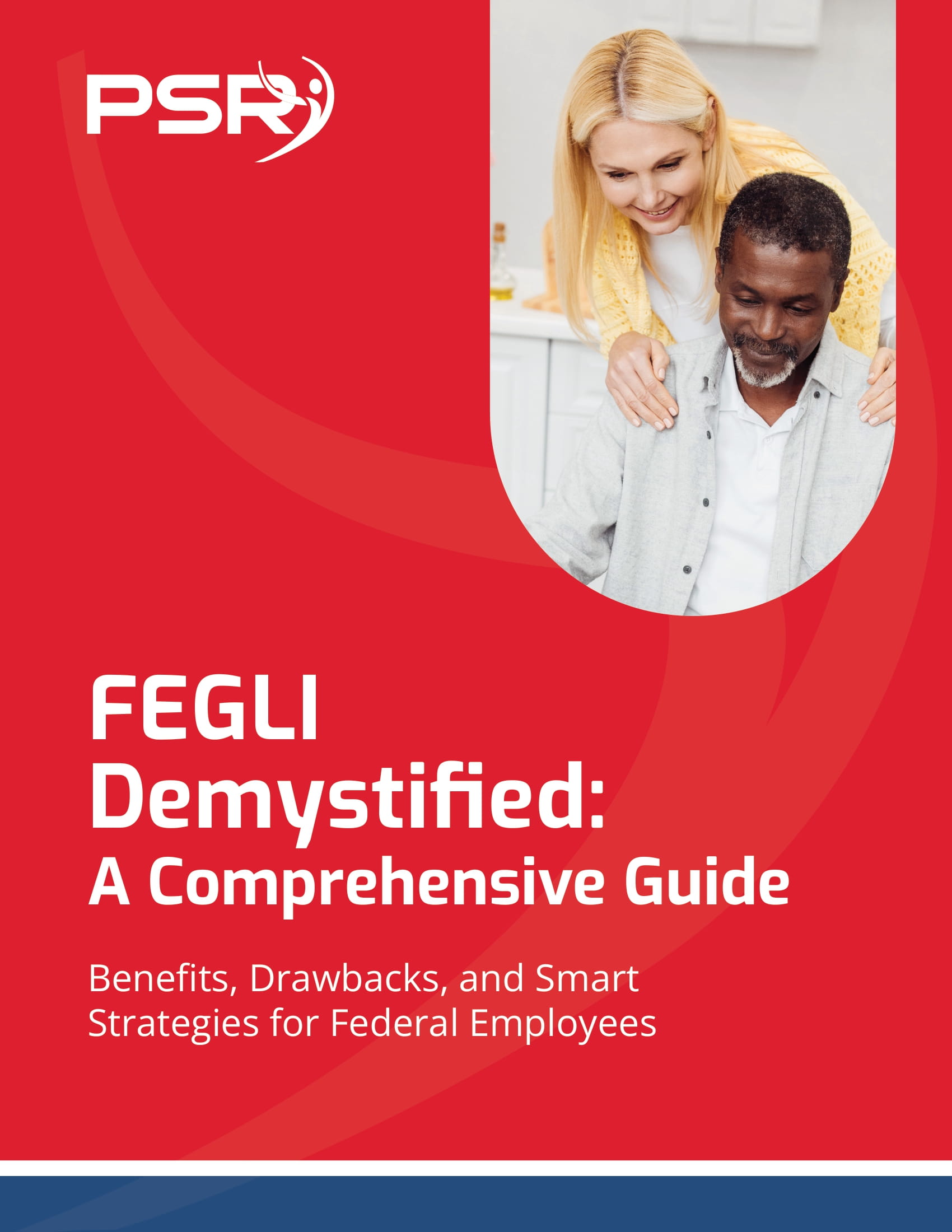[vc_row][vc_column width=”2/3″ el_class=”section section1″][vc_column_text]There are two types of retirement: Voluntary and Discontinued Service. For those that may return to service for the government as re-employed annuitants, how they retire can be a significant factor.
Eligibility for discontinued service starts with a requirement of at least age 50 and 20 years of service. You can also retire at any age with 25 years of service. You must also be a recipient of a notice of separation from the government to be able to leave for discontinued service retirement.
Voluntary retirement can be done at any time once you reach the right age and time of service. However, the organization you work for may force you to do so due to restructuring or reducing the workplace. At times, incentives such as buyouts are used.
- Also Read: New Rules for Federal Employees in 2025: What You Need to Know to Stay Ahead
- Also Read: Seven TSP Fund Allocation Strategies Federal Employees Are Using to Strengthen Their Retirement Portfolios
- Also Read: Military Buyback for Federal Employees: Is It Really Worth It? Here’s What You Need to Weigh Up
For the other option, if you take an involuntary retirement and subsequently return to a job for the federal government, your pension will stop, and you will receive your new position’s salary in full. You will restart your career, and you will obtain a new right to retirement. If you already were eligible for the right to retire voluntarily when you retired, you can retire at any time once again. If you retired, though. Though, if you retired without being qualified for an immediate pension, you would not be eligible to retire until you meet the criteria for age and time of service.
As a policy, if you are a voluntary pensioner and return to work for the federal government for at least a full year, or the part-time equivalent, you would also be able to qualify for an added annuity. If you work for at least five years, or the part-time equivalent, you will be eligible for a reevaluated annuity.
A supplemental pension is added to your present annuity. A reevaluated annuity is generated by calculating your annuity as though you were retiring for the very first time, using your complete years of service and your latest high-3 if it is higher than the previous.
If you are reemployed in a situation where you can receive both your complete annuity and your complete salary, you will not be eligible for an additional annuity or a reevaluated annuity. This service duration is not creditable for any purpose of a pension.[/vc_column_text][/vc_column][vc_column width=”1/3″][vc_single_image image=”36647″ img_size=”292×285″ style=”vc_box_shadow”][/vc_column][/vc_row]












